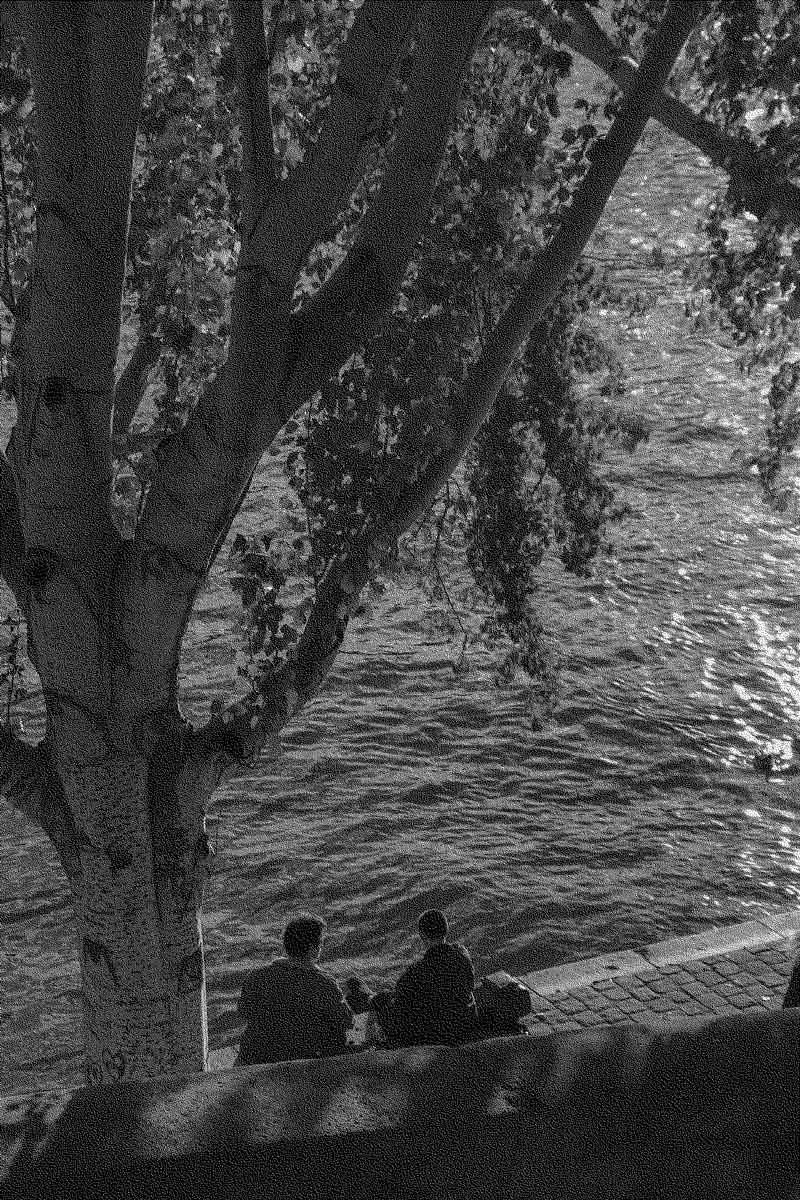
During the 1970s, energy concerns mainly revolved around heating buildings in France and the United States.
The contribution of solar energy to heating was at the center of attention of architects and engineers sensitive to the subject.
They considered sunshine as a resource for construction and they believed that it should be exploited by passive techniques.
Some architects, such as Ralph Knowles, had even proposed establishing a "right to the sun" in urban planning.
The idea was to guarantee equitable solar gains in dense urban areas where the masks produced by buildings are often significant.
A few cities in California have tried to include this "right to the sun" in their urban planning regulations, but the idea has not been very developed.
While solar gains remain significant in our temperate climates, the increase in heat waves invites us to reexamine this issue from the perspective of summer comfort.
Rather than a "right to the sun", we should conversely imagine a right to shade.
In a context of global warming, it seems essential to guarantee equitable access to shade in summer in outdoor spaces, but also inside buildings.
In the event that this right to shade becomes regulatory, it would, for example, allow the protection of existing trees that shade a facade or a public space.
The methods for calculating a right to shade should of course be studied, before it can possibly be included in future regulations.
But the idea seems interesting to discuss, what do you think?
Sources: R. Knowles
Image: Céline Ylmz (Unsplash)